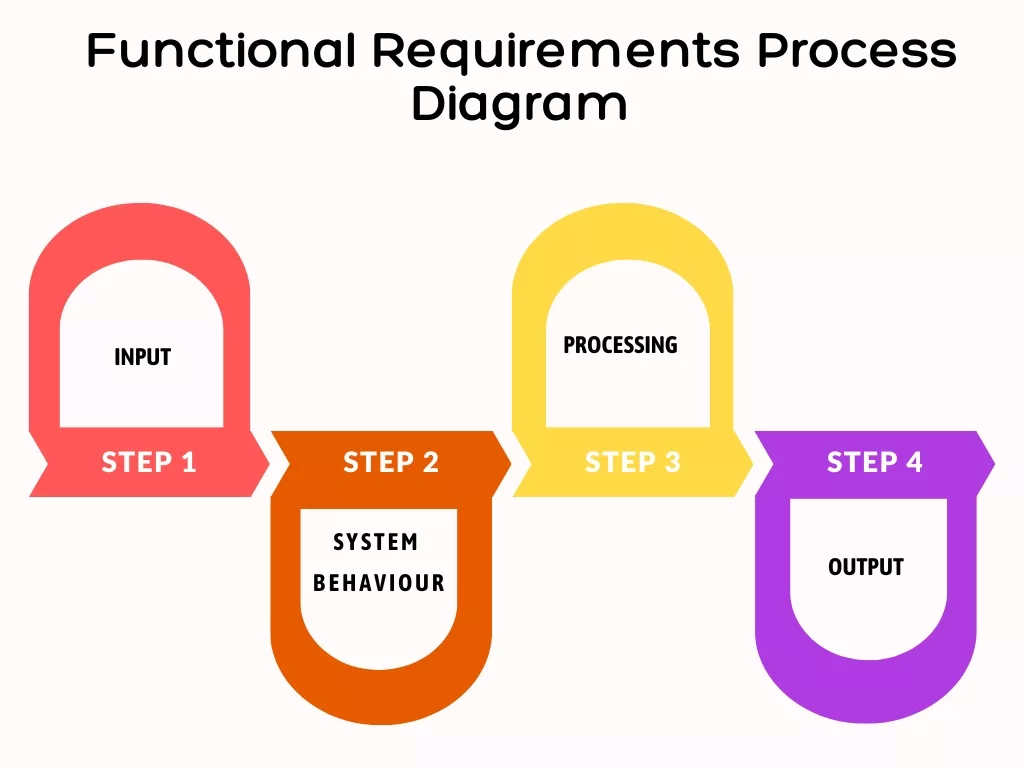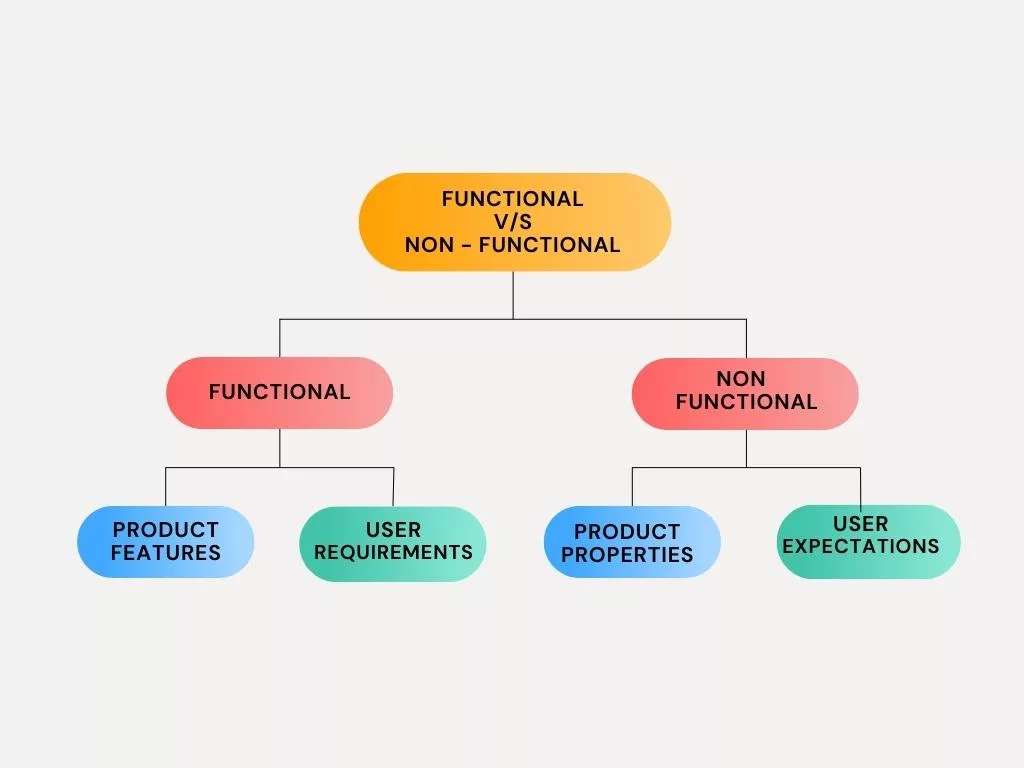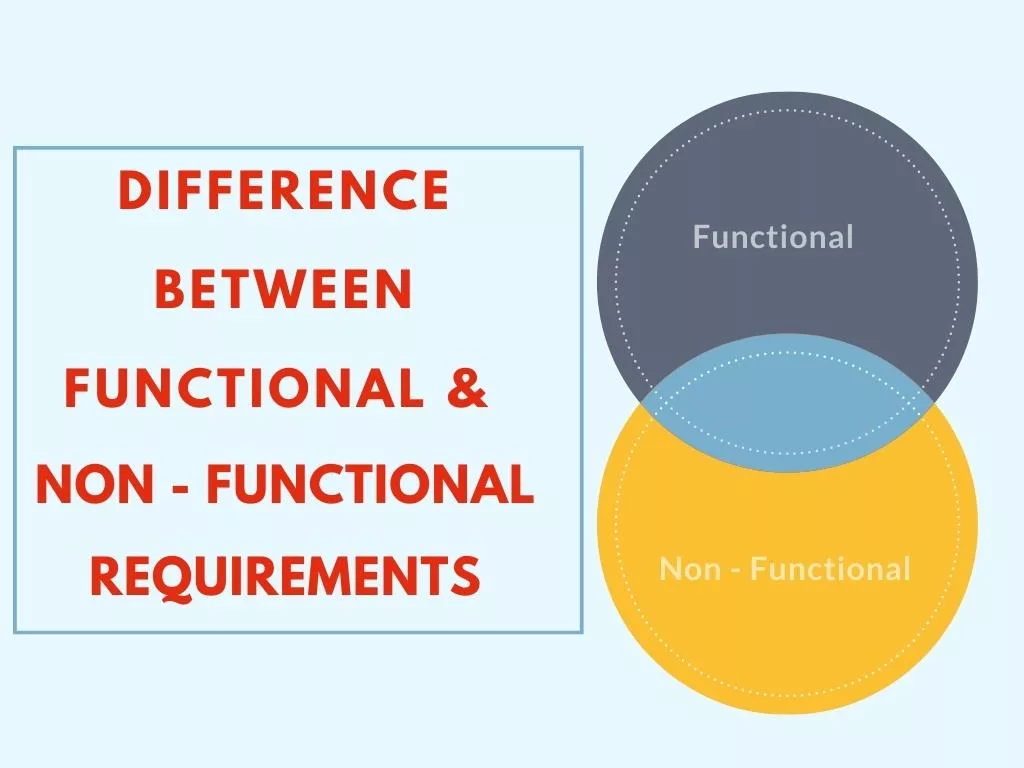Imagine you’re building a magnificent skyscraper. Before the first brick is laid, you need blueprints that outline every detail, from the foundation to the rooftop garden. In the world of software development, these blueprints are functional and non-functional requirements. They are the essential building blocks upon which successful software projects are constructed. This guide will take a deep dive into the world of Functional Requirements vs. Non-Functional Requirements. Think of it as a journey through the heart and soul of software development.
The distinction between functional and non-functional requirements is pivotal in software development and project management. These two categories of requirements serve as the foundation upon which successful software projects are built. We’ll unravel their significance and explore what makes each of them tick. These requirements aren’t just technical jargon; they are the keys to creating software that not only works but works brilliantly.
This understanding isn’t just for developers; it’s for everyone involved in the software project, from the visionary project manager to the end-users themselves.
Let’s uncover the secrets that make functional and non-functional requirements the guiding lights in the world of software development.
Functional Requirements: The Backbone of Software Functionality
Definition: Functional requirements, often abbreviated as FRs, are the specific functionalities and features that a software system must deliver to meet its intended purpose. These requirements outline what the software should do in terms of user interactions and system behavior.

Key Characteristics of Functional Requirements
- User-Centric Focus: Functional requirements are primarily user-oriented, addressing the needs and expectations of end-users. They define how the software should respond to user actions, ensuring that it performs its core functions effectively.
- Tangible and Observable: These requirements are tangible and can be observed in action. They encompass tasks such as user interfaces, data processing, and system operations, which users can interact with directly.
- Measurable Criteria: Functional requirements often come with measurable criteria for success. They specify criteria for user acceptance testing, allowing developers to gauge whether the software meets the defined functional objectives.
Example of a Functional Requirement
Functional requirements detail what the system should do, covering essential features and processes, while non-functional requirements specify how well the system should perform, addressing aspects like efficiency, scalability, and user accessibility. The following examples delve into these requirements, shedding light on their critical roles in shaping secure, efficient, and user-friendly software systems.
1. Cybersecurity Response Mechanism
In the event of a cyber attack or breach attempt, the system should possess the capability to promptly initiate a controlled shutdown. This feature acts as a safeguard, preventing potential data compromise and system damage.
The FBI’s Internet Crime Report for 2022 revealed that the public reported a total of 800,944 cybercrime complaints. Phishing attacks were the number one crime type, with 300,497 complaints reported. The total losses due to phishing attacks exceeded $10.3 billion.
2. Data Backup and Recovery
The system should include an automated data backup and recovery mechanism. This ensures that user data remains safeguarded against potential system failures or data loss, contributing to data integrity and user confidence.
3. User Profile Management
The system must allow users to manage their profiles efficiently. Users should be able to update personal information, reset passwords, and customize preferences through a user-friendly interface, enhancing user autonomy and satisfaction.
The above examples delve into these requirements, shedding light on their critical roles in shaping secure, efficient, and user-friendly software systems.

Non-Functional Requirements: The Pillars of Quality
Definition: Non-functional requirements, abbreviated as NFRs, are the constraints and quality attributes that define how the software should perform, rather than what it should do. These requirements are essential for ensuring the overall reliability, performance, and security of the software.
Key Characteristics of Non-Functional Requirements
- Cross-Functional Impact: Unlike functional requirements, non-functional requirements have a broader impact, affecting various aspects of the system. They encompass performance, scalability, security, and usability, among others.
- Quality Attributes: NFRs focus on quality attributes, setting the standard for how well the software should perform in specific areas. For example, they may specify response times, security protocols, or data integrity standards.
- Constraints and Limitations: Non-functional requirements often impose constraints and limitations on the software development process. These constraints ensure that the software aligns with organizational goals and industry standards.
Non-functional Requirements Examples
By meticulously defining and implementing these requirements, software developers and stakeholders can ensure that their systems not only meet but exceed user expectations, fostering trust, satisfaction, and long-term success in the digital landscape.
According to a report released by the Consortium for Information & Software Quality Report in 2020, it was revealed that unsuccessful development projects incurred an approximate cost of $260 billion for companies in the United States. Furthermore, the report indicated that poor-quality software leading to operational failures resulted in a staggering estimated cost of $1.56 trillion.
1. Email Delivery Efficiency
The system’s email delivery process should exhibit a high level of efficiency, ensuring that emails are sent with minimal delay. Specifically, emails should be dispatched within a maximum latency of 12 hours to provide users with timely communication.
2. Scalability
As the user base grows, the system should exhibit scalability to handle increased load gracefully. It should seamlessly accommodate a higher number of users, ensuring consistent performance and responsiveness under varying levels of demand.
3. Compliance with Accessibility Standard
The system must adhere to established accessibility standards, such as WCAG (Web Content Accessibility Guidelines). This commitment ensures that the system is usable by individuals with disabilities, promoting inclusivity and compliance with legal requirements.
These examples of non-functional requirements emphasize the significance of each requirement in achieving specific objectives, whether it’s user security, system efficiency, or user experience enhancement.
Difference between Functional and Non-Functional Requirements

Functional requirements dictate what a system or its components should do, while non-functional requirements define how well those functions should be performed. This table provides a clear and concise breakdown of the key differences between these essential aspects, shedding light on their respective scopes, stakeholders, and impacts on project development.
| Aspect | Functional Requirements | Non-Functional Requirements |
|---|---|---|
| Definition | Define what the system or component must do. | Define how well the system performs its functions. |
| Purpose | Specify “What the system should do?” | Specify “How should the system fulfill the functional requirements?” |
| Specifiers | Typically specified by end-users. | Usually specified by technical experts such as Architects, Technical Leaders, and Software Developers. |
| Mandatory | Must be met for the system’s success. | Not obligatory but highly desirable for improved system quality. |
| Documentation | Often captured within use cases. | Documented as quality attributes. |
| Scope | Typically scoped at the component level. | Applied to the entire system. |
| Verification | Assists in verifying software functionality. | Assists in verifying software performance and quality. |
| Testing | Involves Functional Testing (e.g., System, Integration, End to End, API testing). | Involves Non-Functional Testing (e.g., Performance, Stress, Usability, Security testing). |
| Clarity | Generally straightforward to define. | Often more challenging to define precisely. |
By grasping the distinctions and dependencies between these two realms, project teams can navigate the complexities of development more effectively, delivering systems that not only meet expectations but also exceed them.
The Interplay Between Functional and Non-Functional Requirements
In a successful software project, functional and non-functional requirements work in tandem, shaping the software’s overall design and functionality. While functional requirements define the “what” of the software, non-functional requirements define the “how” in terms of quality, performance, feedback and compliance.
A well-balanced combination of these requirements ensures that the software not only meets user expectations but also excels in terms of reliability, security, and scalability.
How to Write Functional and Non-Functional Requirements

When it comes to crafting functional and non-functional requirements, it’s like preparing a recipe for a delicious dish. You want to ensure that your project turns out just right, meeting all the necessary criteria. Here are some simple ways to approach it:
Functional Requirements: The Core Ingredients
 Think of functional requirements as the heart and soul of your project. These are the specific tasks your system needs to perform. Writing them down is crucial for clear communication and project success.
Think of functional requirements as the heart and soul of your project. These are the specific tasks your system needs to perform. Writing them down is crucial for clear communication and project success.
1. Requirements Specification Document
Imagine this as your project’s instruction manual. It should describe what your project aims to achieve, provide some context, and mention any limitations or assumptions. Don’t forget to use visuals to help everyone understand the scope.
2. User Stories
Put yourself in the shoes of the end-user. What do they want the system to do? User stories are a great way to express this. They follow a simple format: “As a [type of user], I want [goal] so that [reason].” This approach doesn’t require technical expertise and can help define user needs clearly.
3. Use Cases
Imagine describing the process step by step, just like telling a story. Use cases are similar to user stories but dive deeper into the details of user actions. For instance, a use case could be “making a purchase,” and it would outline every step a user takes during the purchase process.
Non-Functional Requirements: The Secret Ingredients

Non-functional requirements are the hidden elements that determine how well your project performs. They may not be obvious at first glance, but they play a crucial role in the overall success of your project.
1. Requirements Specification Document (Yes, Again!)
Remember that trusty instruction manual? Well, it also houses non-functional requirements. These are the aspects like performance, security, and reliability. They ensure your project doesn’t just work but works excellently.
2. Work Breakdown Structure (WBS)
Think of this as breaking your project down into bite-sized pieces. It helps you see the intricate details by decomposing requirements until you can’t break them down any further. It’s like disassembling a complex task into manageable steps.
Now that you know how to write functional and non-functional requirements, you’re all set to embark on your project journey.
Conclusion: Striking the Balance
In the world of software development, understanding the distinction between functional and non-functional requirements is pivotal to crafting high-quality, user-centric solutions. By recognizing the importance of both these categories and incorporating them effectively into the development process, organizations can deliver software that not only meets user needs but also stands out in terms of performance and reliability.
In summary, functional requirements define what the software should do, focusing on user interactions, while non-functional requirements define how the software should perform, encompassing quality attributes and constraints. Balancing these two categories is the key to building software that not only functions as intended but also exceeds expectations.

